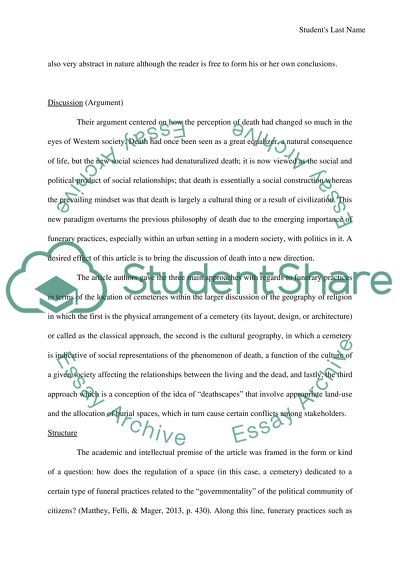Cite this document
(“Matthey,L, Felli, R, and Mager, C we do have space in lausanne. We Research Paper”, n.d.)
Matthey,L, Felli, R, and Mager, C we do have space in lausanne. We Research Paper. Retrieved from https://studentshare.org/geography/1480215-mattheyl-felli-r-and-mager-c-we-do-have-space-in
Matthey,L, Felli, R, and Mager, C we do have space in lausanne. We Research Paper. Retrieved from https://studentshare.org/geography/1480215-mattheyl-felli-r-and-mager-c-we-do-have-space-in
(Matthey,L, Felli, R, and Mager, C We Do Have Space in Lausanne. We Research Paper)
Matthey,L, Felli, R, and Mager, C We Do Have Space in Lausanne. We Research Paper. https://studentshare.org/geography/1480215-mattheyl-felli-r-and-mager-c-we-do-have-space-in.
Matthey,L, Felli, R, and Mager, C We Do Have Space in Lausanne. We Research Paper. https://studentshare.org/geography/1480215-mattheyl-felli-r-and-mager-c-we-do-have-space-in.
“Matthey,L, Felli, R, and Mager, C We Do Have Space in Lausanne. We Research Paper”, n.d. https://studentshare.org/geography/1480215-mattheyl-felli-r-and-mager-c-we-do-have-space-in.


